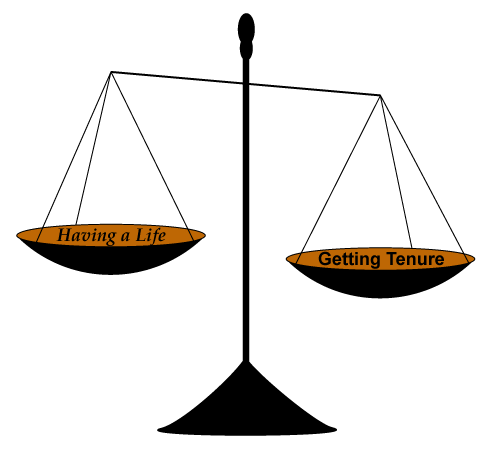
Special receptor cells located in your skin, muscles, joints, and tendons —the fancy term for these cells is proprioceptors — process information about your body’s orientation as it moves through space. For instance, when you walk across a lawn, your proprioceptors tell you things like “Okay, I’m putting my feet here now. The ground is spongy because it’s grass. It has a little give and isn’t completely uniform.”
The majority of these special receptor cells that are responsible for your postural stability are located in your multifidus, deep muscles located in your lower back. Your deep abdominals and deep back muscles are primarily responsible for your ability to maintain your balance. Unless you continue to challenge your core stabilizer muscles and your sense of balance, you lose your abilities. This process is explained by the popular saying, “Use it or lose it,” which is an accurate description.
As you age and allow these muscles to weaken, these proprioceptors become less sensitive, giving your brain less information and feedback to work with. Now when you walk across a lawn, you don’t get quite so much input about the texture or give of the surface, and you’re more likely to stumble on little inconsistencies of terrain. Slower reflexes and decreased muscular strength, combined with deteriorating eyesight and depth perception, also contribute to a diminished sense of equilibrium.
A fear of falling may be another reason that older people experience a loss of balance. Ironically, this fear may increase the risk of falling. When people worry about taking a tumble, they try to compensate by standing with their feet farther apart and walking with smaller steps. However, these adjustments actually prevent you from judging subtle cues from the environment, like the firmness of the ground and small changes in height of the surface you’re walking on.
What’s more, poor balance results in a shaky, unsteady gait. It becomes harder to go up or down stairs or negotiate high curbs and other obstacles that you may not otherwise give a second thought. You may find it more difficult to reach for objects on overhead shelves or to stand in tight spots on trains, in line, and in crowds with your feet close together. Fortunately, you can reduce or reverse some of these problems and, as a result, you can become less accident prone. One study looked at 110 men and women with an average age of 80. After three months of performing balance exercises regularly, most of the subjects had the body control of people three to ten years younger.

No comments:
Post a Comment